Somewhere, the next great League of Legends team is sitting on the sidelines of a hectic free agency period, waiting for the dust to settle before pouncing with their own roster moves. They’re watching contenders like G2, Team Liquid, and Misfits compete for high-priced talent with a win-now attitude. They’re staying patient as they look to construct a lineup that will grow together and become champions three, four, or five years from now.
Or maybe all that’s hogwash. Maybe esports careers are short enough that teams need to get the most out of the best players while they’re still at their peak. Maybe making big splashes in free agency is the only way to compete with others who have their eyes on the Worlds trophy.
The bad news is, we won’t know which approach will work for years. Even the past is a faulty guide as the game has changed considerably over the last five years. Teams at the bottom of the league tables in all regions don’t have a lot to go on. But there are some examples of things that have worked. Here’s a guide to building a championship-quality League team from the ground up.
Being realistic

Building a team is like buying a house. The first thing you have to do is come up with a realistic budget. Teams at the bottom can’t afford to have oversized opinions of their own talent or competitive timeline.
A good example is what happened to Echo Fox in 2017. The team had a tough introduction to the NA LCS in 2016, but they figured that having a full year to build around mid laner Henrik “Froggen” Hansen—with no visa issues this time—could lead to something special. To that end, they signed Jang “Looper” Hyeong-seok from EDG to give them two strong lanes.
But they badly misjudged how close to a championship they were. The team struggled throughout the year, and by the end of summer, both Froggen and Looper were benched in favor of younger talent.
This isn’t a weakness specific to Echo Fox. Lots of teams load up for big runs with prized free agents only to see things fall flat: Fnatic with Fabian “Febiven” Diepstraten in 2017, LGD with Jang “MaRin” Gyeong-hwan in 2016, every team that’s tried to fit Chae “Piglet” Gwang-jin into a North American bot lane.
And it’s not just star players. Teams have to know what they have up and down the roster. That includes some diamonds in the rough.
Timing matters

Even after Echo Fox turned things over to the young players in 2017, they missed the mark. They didn’t do it early enough to really see what they had. Players like jungler Jonathan “Grig” Armao only got a few games in at the LCS level. And they didn’t go far enough: They created a Frankenstein roster of some rookies and other veterans, like support Austin “Gate” Yu.
Timing matters in projects like this. You have to give young players room to jell and grow. The core players on Griffin played with each other for more than a year, grinding out wins, before they made the LCK and took things by storm last summer. It’s easier to make tweaks at the fringes, like Vitality did with jungler Mateusz “Kikis” Szkudlarek last summer.
The other great thing that Griffin did was trust in their youth—that too is an item of timing. With four teenagers, they can grow into their roles for the next few years while other teams scramble to keep up.
So how much time and leeway do you give a young roster? That’s a question only a team’s management and coaching staff can answer. But in franchised leagues like the NA LCS and LEC, that timeline should be extended. Teams like Golden Guardians, FlyQuest, and OpTic aren’t going to win next year no matter what they do in free agency. The story will probably be the same in 2020.
But if, during that process, they find a group that sticks? Then they really could be just one or two players away from something special. And that’s when it’s time to jump back into the free agency frenzy and make a run for the championship.
Winning a title in competitive League of Legends is hard. There’s a reason why so few teams have done it—the same star players tend to dominate leagues for years. But that doesn’t mean everyone else should stop trying. If they’re realistic about their chances, remain patient, and strike with impeccable timing on roster construction, even the worst teams could become champions in time.


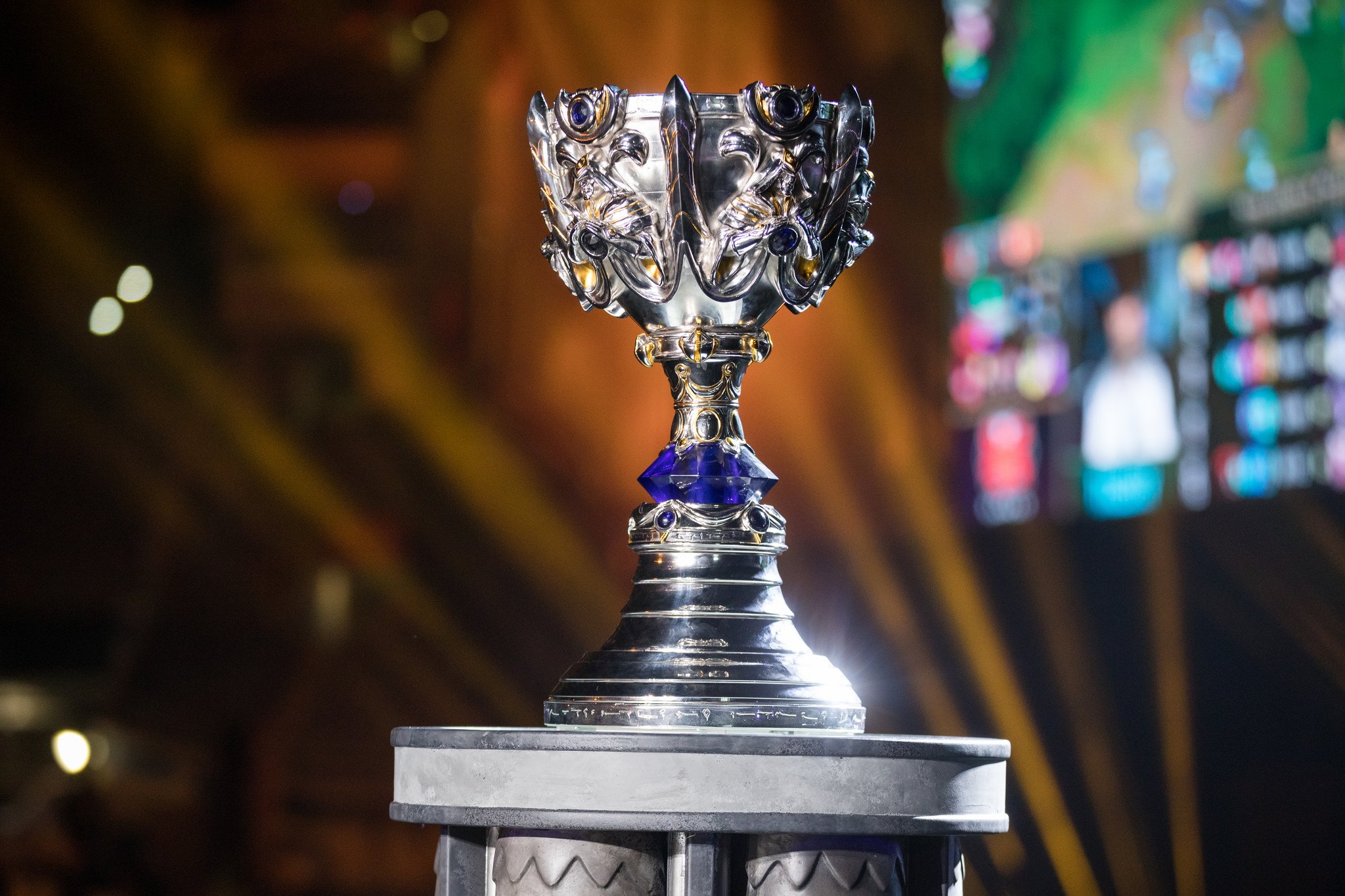

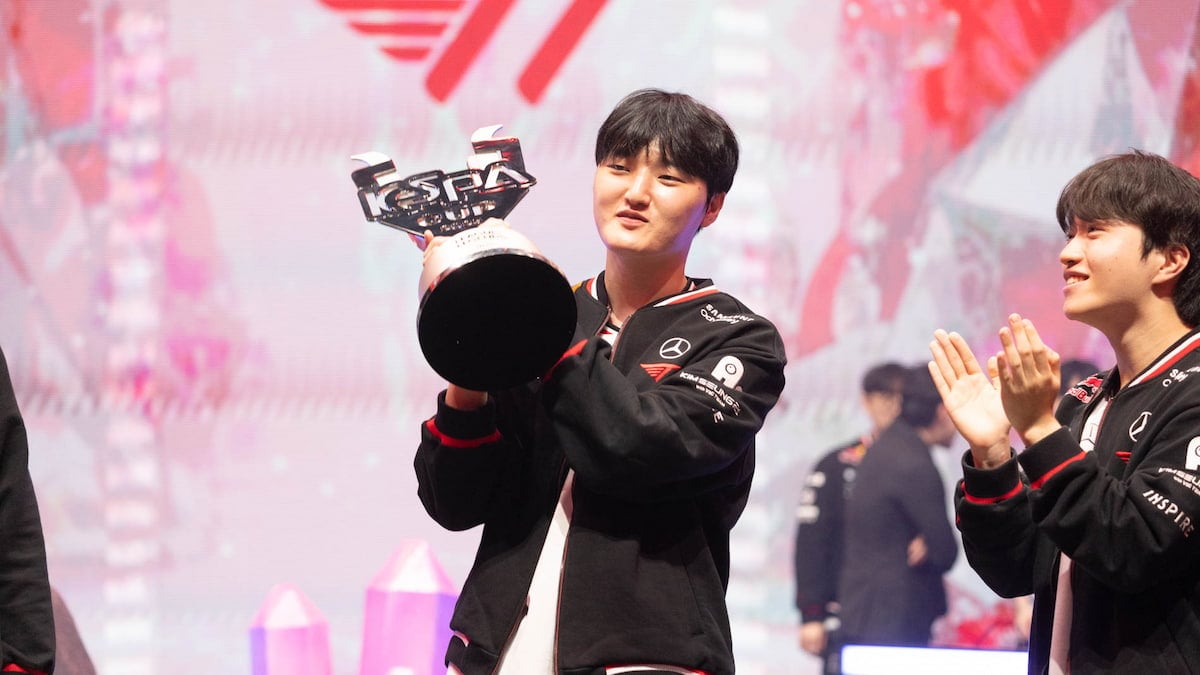
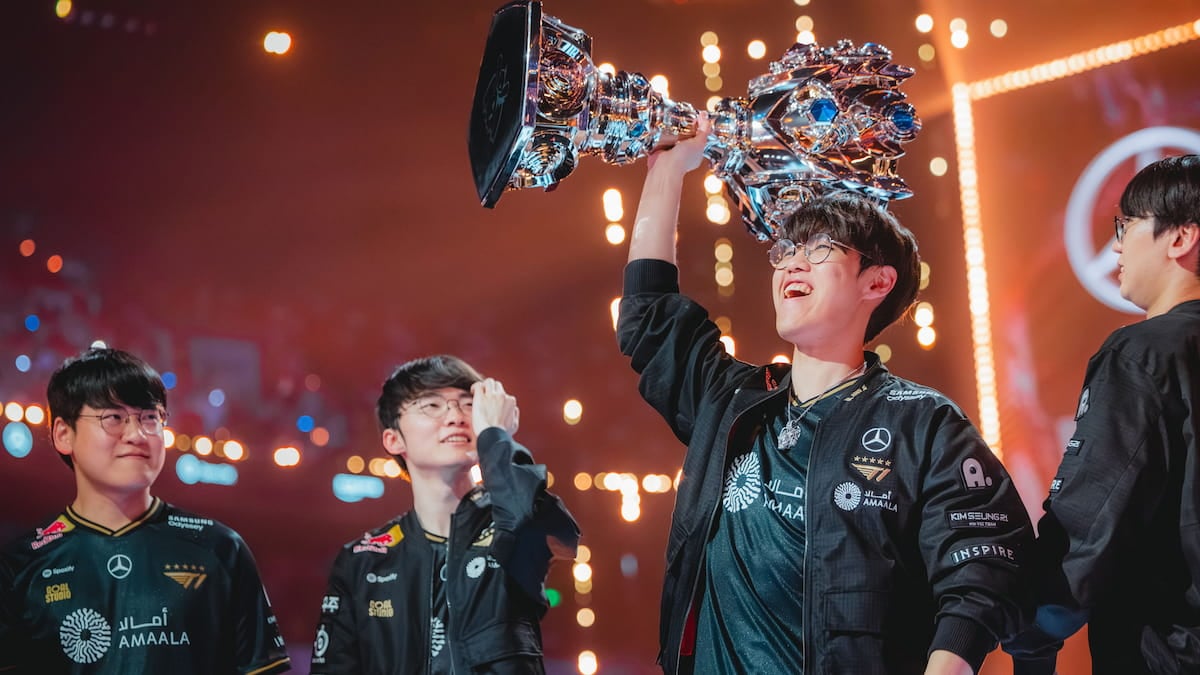
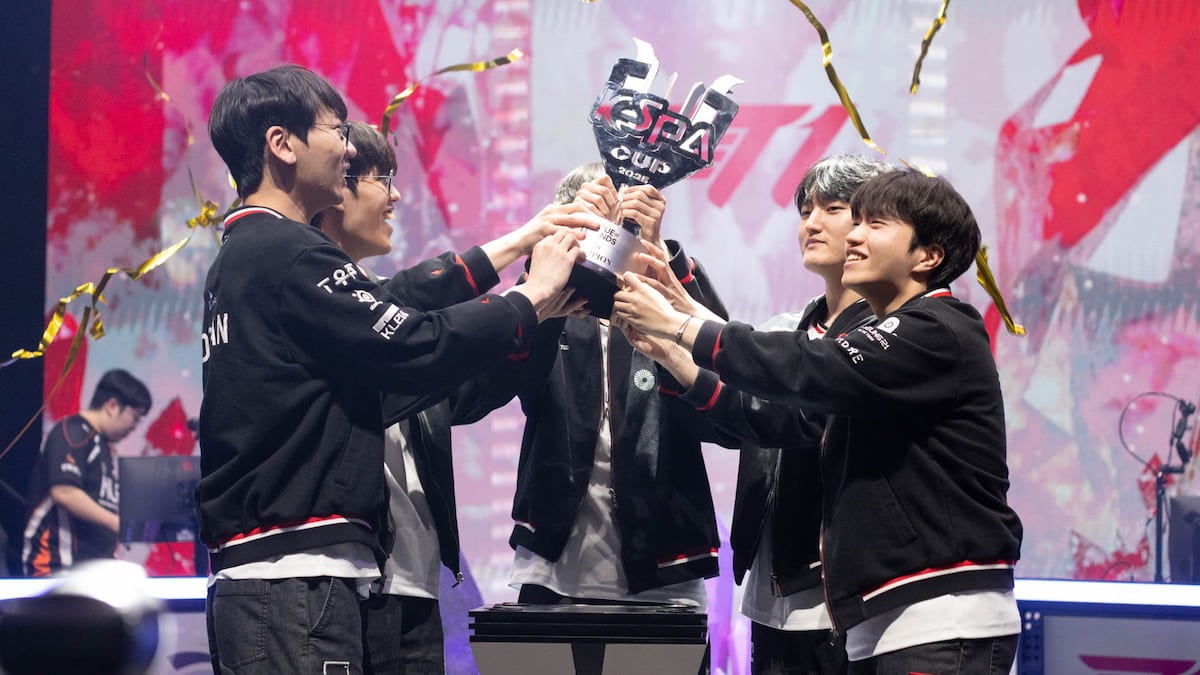
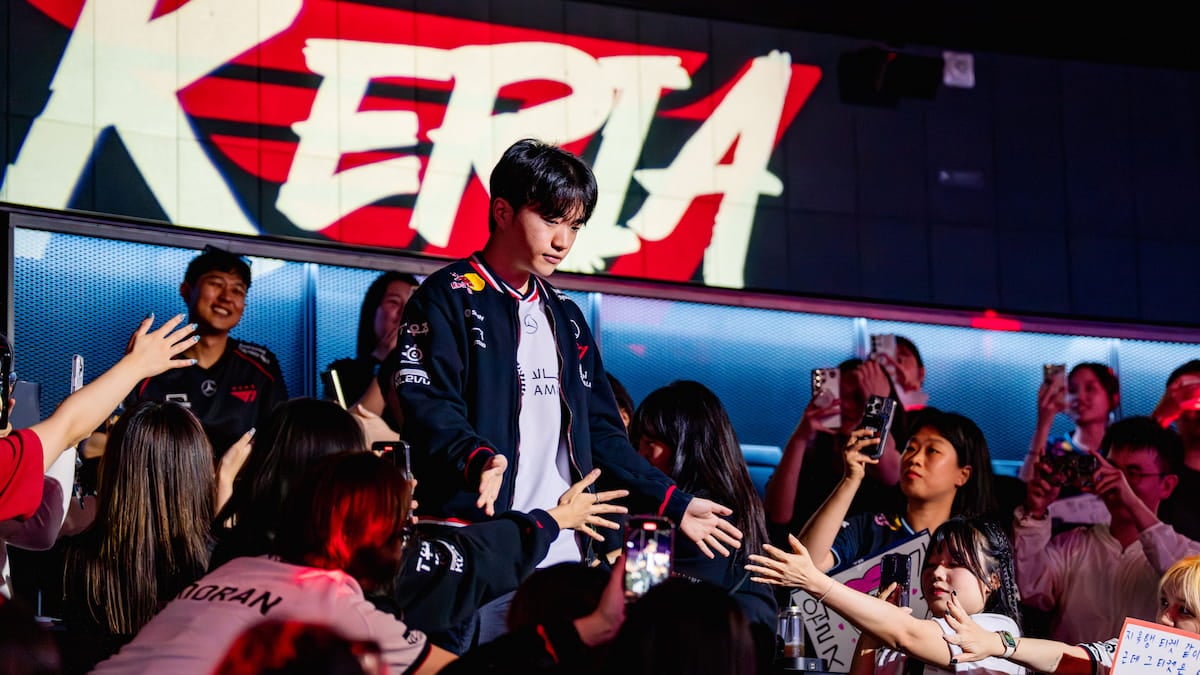

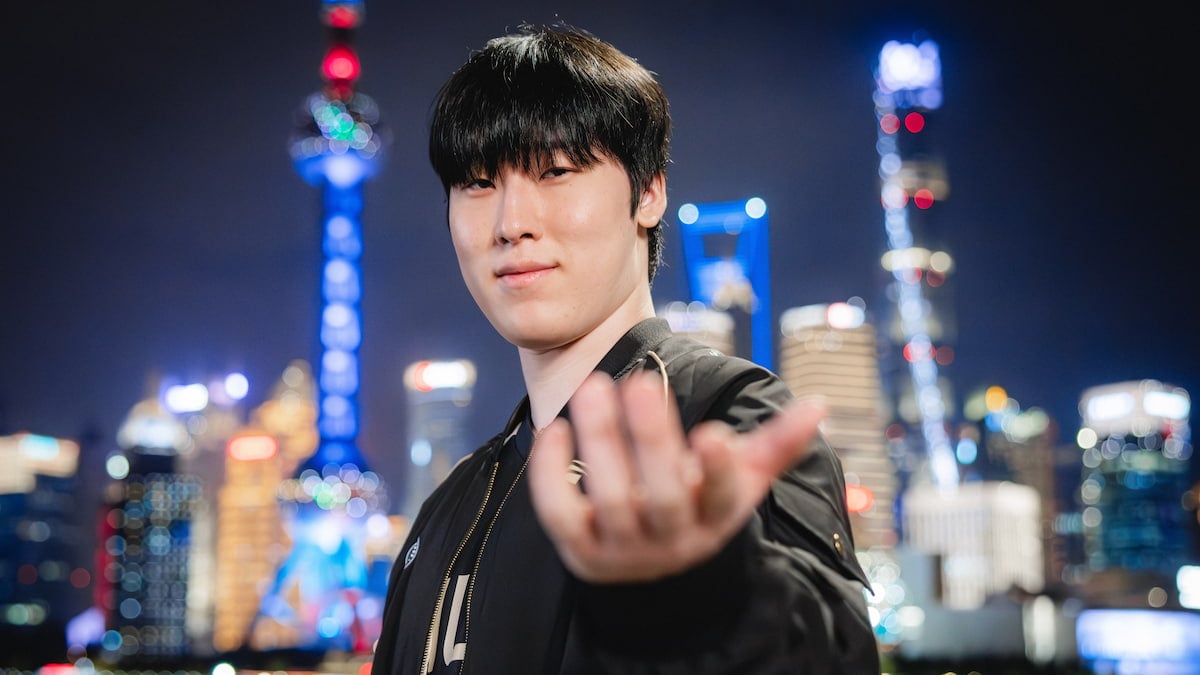

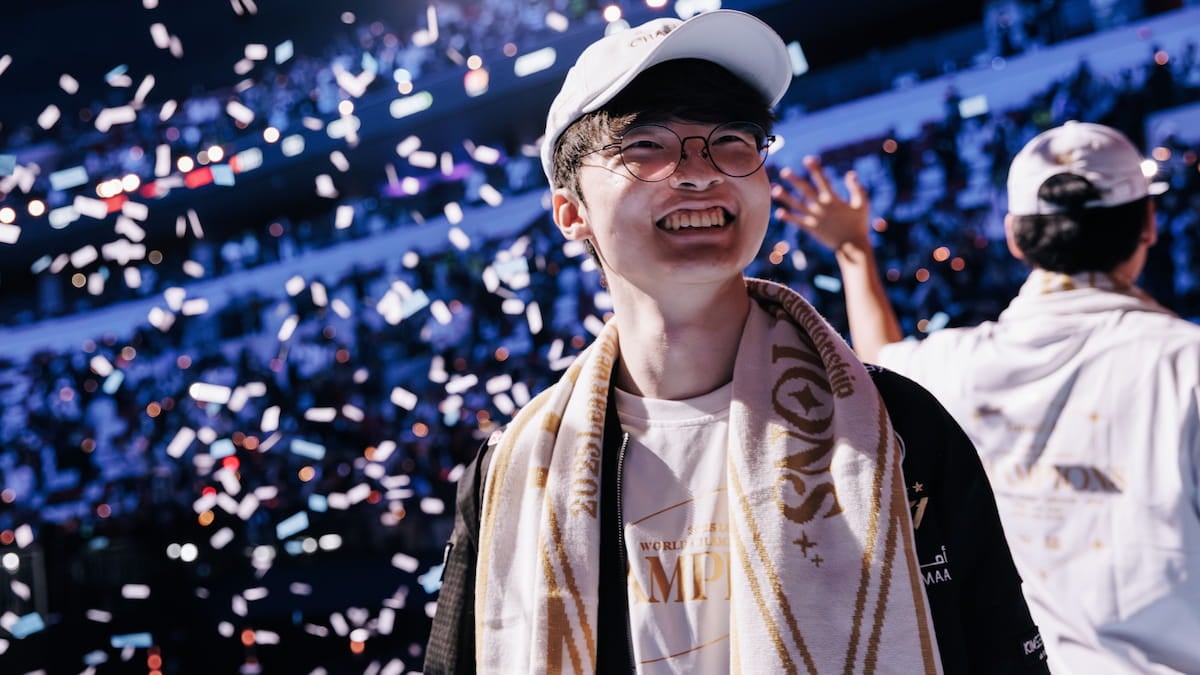

Published: Nov 25, 2018 10:19 am